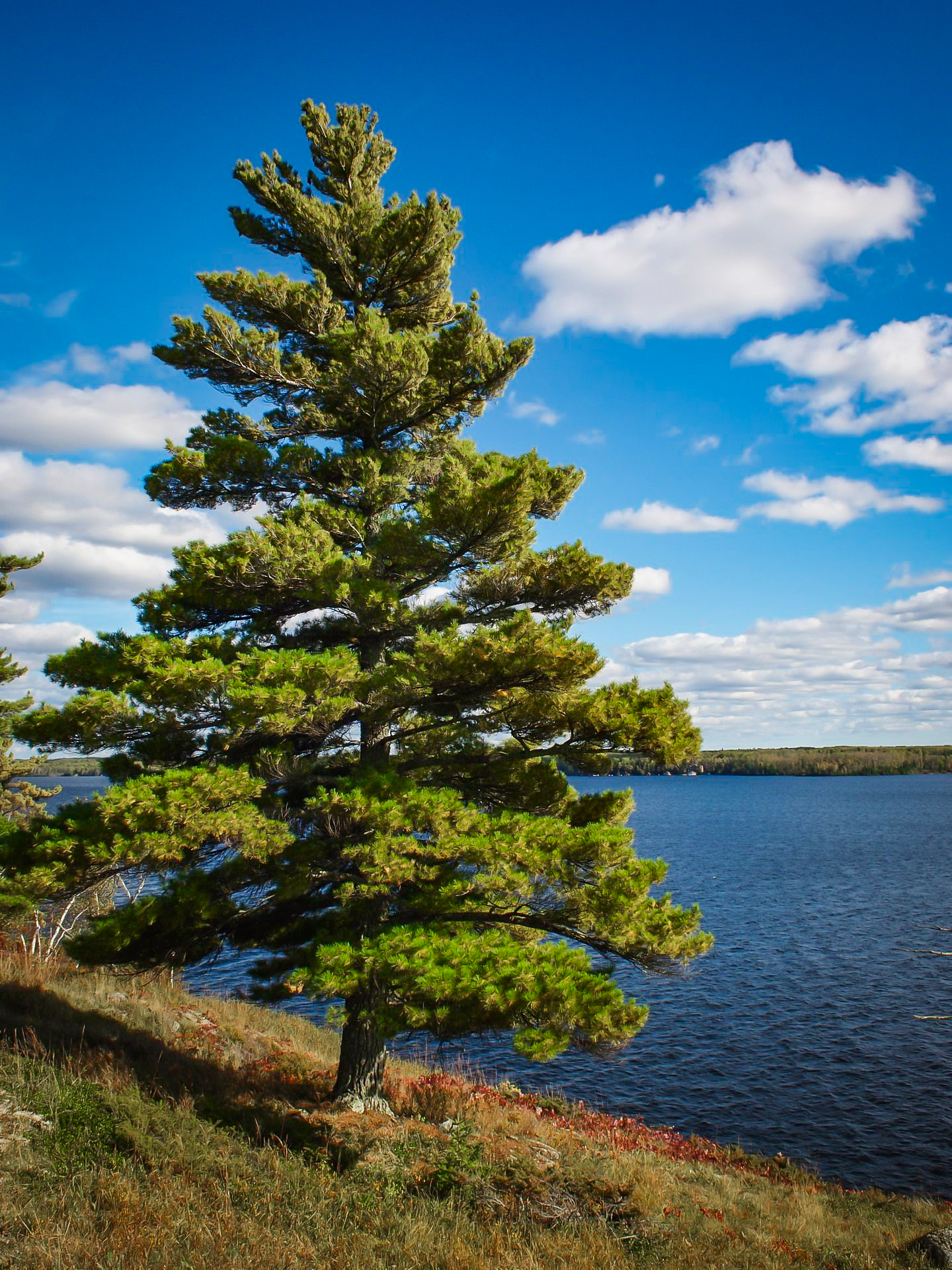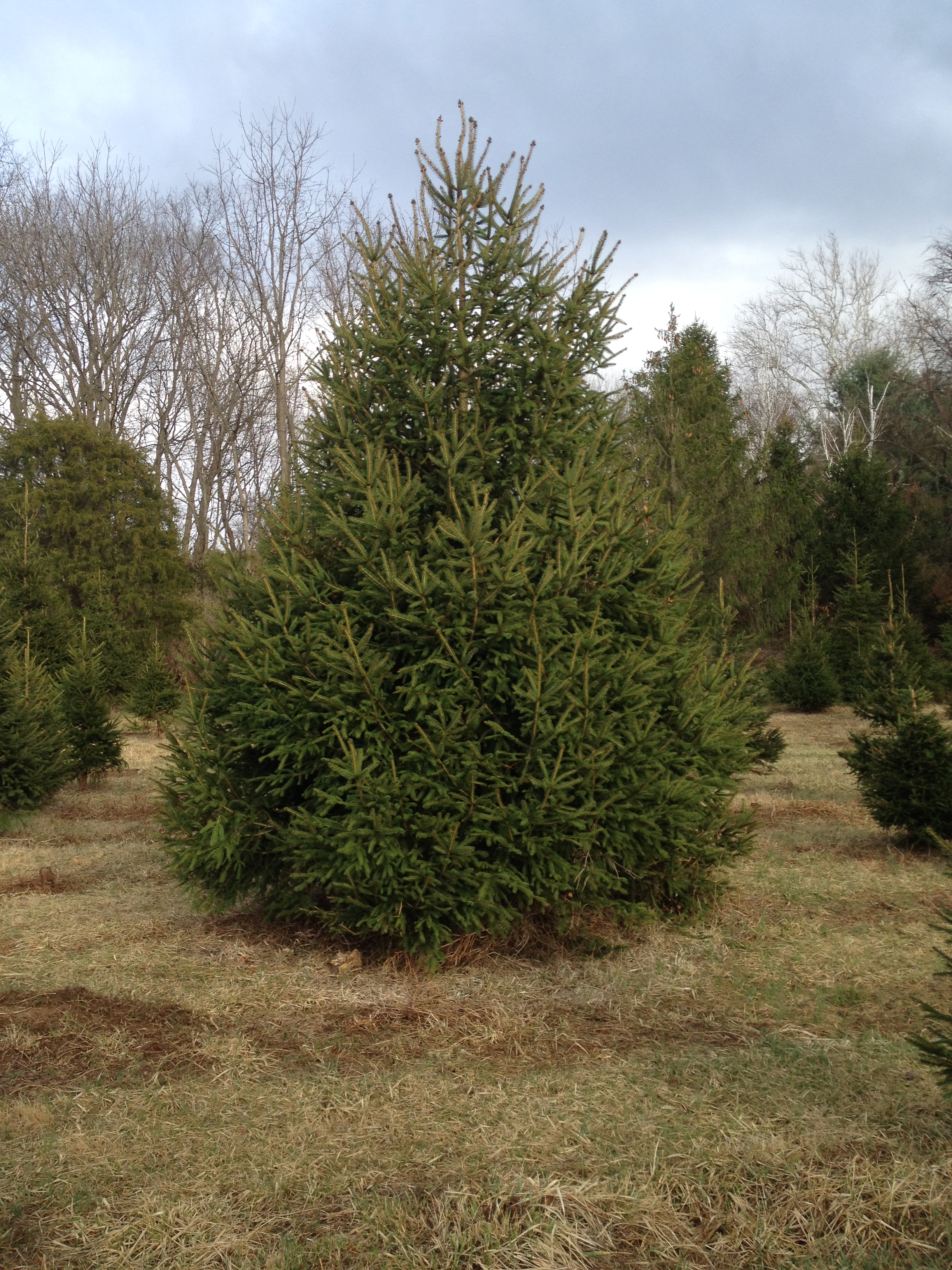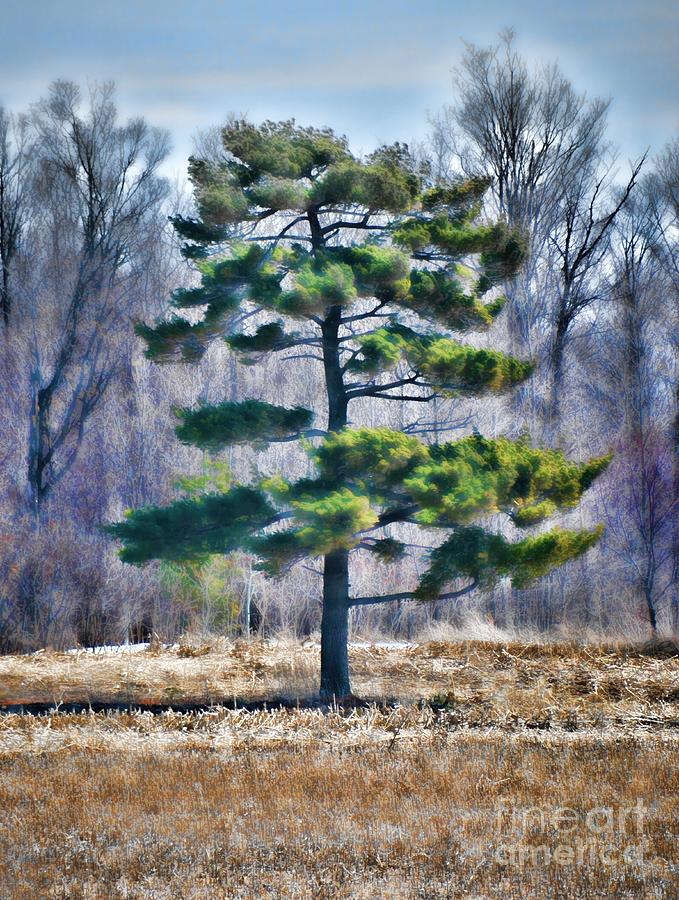
The cones in unretrieved caches may eventually open and produce seedlings.Įastern white pines, particularly mature trees, are important for a wide variety of wildlife. Animals from mice and voles to squirrels collect unopened cones and often hide them away for future meals. Some of the wildlife that relies on white pine trees may also assist in reproduction. If they find their way to the forest floor, these seeds will have the chance to germinate.

Seeds are dispersed by attached wings into the wind. When the seeds are mature, the female cone will open and release them. Typically, each seed scale of a female cone contains two seeds. Usually by fall of the second year the embryo has grown into a seed. The pollen combines with the egg, resulting in a fertilized embryo. If the pollen finds its way to a female cone, it lands and grows into a long, thin tube toward the center of the cone where the egg is located. Each grain of pollen has small wing-like structures that help the pollen become airborne and travel up to 700 feet from the tree – and even further in open areas. In spring of the first year, male cones produce pollen. Male pollen cones typically occur every other year.įertilization is generally a two-year process. They grow to roughly 4 to 8 inches in length and turn brown as they mature.Īlthough these trees grow relatively quickly – adding roughly 3 feet in height each year between the ages of 15 and 45 years – a white pine tree does not bear seed cones until it is at least 5 years old and about 20 feet tall, and it takes up to 30 years for a tree to have viable seed production. Seed cones range in color from pink to green when immature. Each cone is approximately half an inch long, with tightly overlapping scales. Pollen cones are yellowish and ovoid and grow in spike-like clusters. The male cones are commonly called pollen cones, while female cones are called seed cones. Like most conifers, white pine trees are monoecious, meaning the same tree bears both male and female cones. Beyond its usefulness in building ships, the eastern white pine is integral to a plethora of woodland wildlife. The British crown’s claim to all white pines over 12 inches in diameter was one of the many factors contributing to colonists’ unrest and eventual upheaval. The tallest conifer in the northeast, the white pine was known as the “mast tree” during Colonial times, when their tall, straight trunks were used as masts for sailing ships. One day I looked up to their crowns and wondered, “Why are there so many pinecones at the top, and what other animals use these trees?”Įastern white pines ( Pinus strobus) can grow to more than 100 feet in height and range from southern Canada, west to Minnesota and Iowa, east to the Atlantic Coast, and south along the Appalachian Mountains to northern parts of Georgia and Alabama. Most days I saw at least one hairy woodpecker, a few blue jays, chickadees, a pair of broad-winged hawks, and a multitude of red squirrels around the trees. Read also about other forest trees – here are our guides about Sycamore, Acacia, Birch.Last summer I regularly passed a stand of towering white pine trees at Camp Plymouth State Park in Ludlow, Vermont, where I live and work. Treating pine tree that is turning brown or dying pine tree.If you’re looking for more advice around pine trees, check out the following guides:

Pine trees also appreciate well-draining, evenly moist soil. Larger varieties have roots that can grow up to an impressive 75 feet deep.

#White pine tree full#
The best chance of raising a long-lived pine tree is to grow it in full sun, with enough space to spread its roots. The longest living pine tree is a bristlecone pine ( Pinus longaeva) and is thought to be around 4800 years old. In general, they can live anywhere from 20 to 400 years. They also naturally clean the air we breathe.ĭepending on the species and its growing conditions, pine trees can live for hundreds of years.
/Pinus_strobus_foliage_Adirondacks-58f8418b5f9b581d59cee65d.jpg)
Having this tree on your property can help to conserve energy by providing shade and cool breezes in the summer. There are various species that grow at latitudes from as far north as 66°N to as far south as 12°N.įirewood, furniture, building structures, medicinal purposes (Slippery Elm)ġ0 gallons of water for each inch of the tree’s diameterĭo not flower, but produce pinecones which house seeds and mature in Autumn Northern Hemisphere, parts of the tropics and temperate regions of the Southern Hemisphere. They are an excellent addition to any landscape, for aesthetic and environmental reasons. Pine trees, or Pinus, are a wonderfully diverse genus that produce species of many shapes and sizes.


 0 kommentar(er)
0 kommentar(er)
